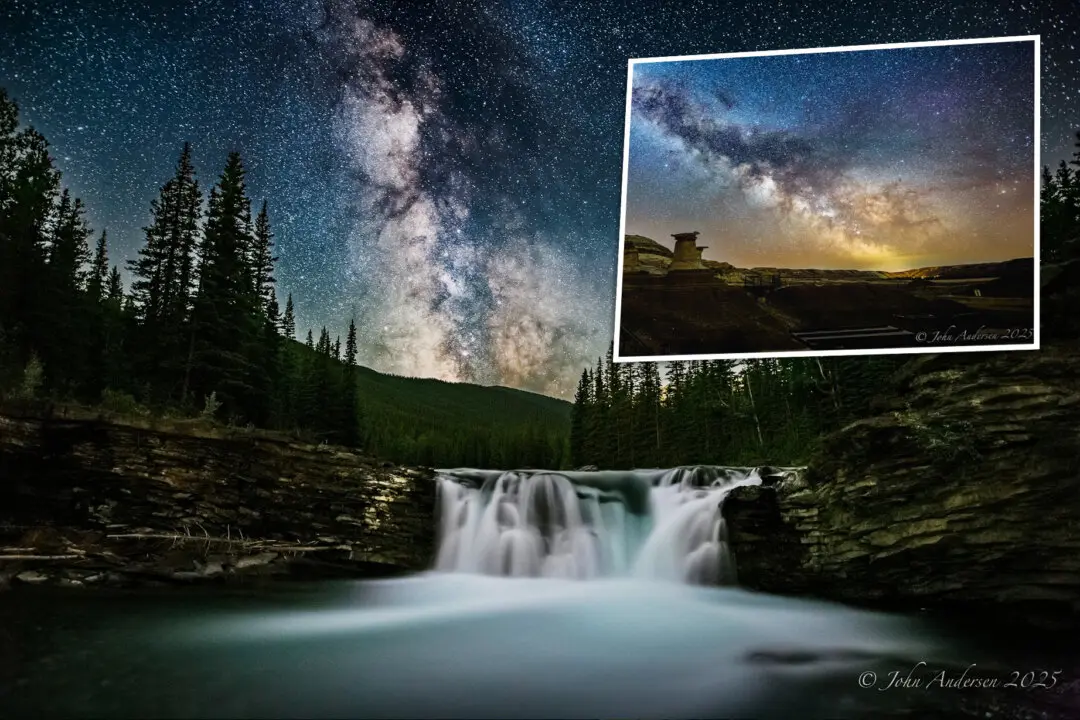Wine gets better with age, the adage goes, but this is just ridiculous!
Recently, the oldest wine on record was believed to have been discovered in a 2,000-year-old Roman tomb in southwestern Spain, and astoundingly, it’s purportedly still in liquid form. While that’s unusual indeed, the strange revelations that emerged from this ancient booze get even stranger—and creepier.






